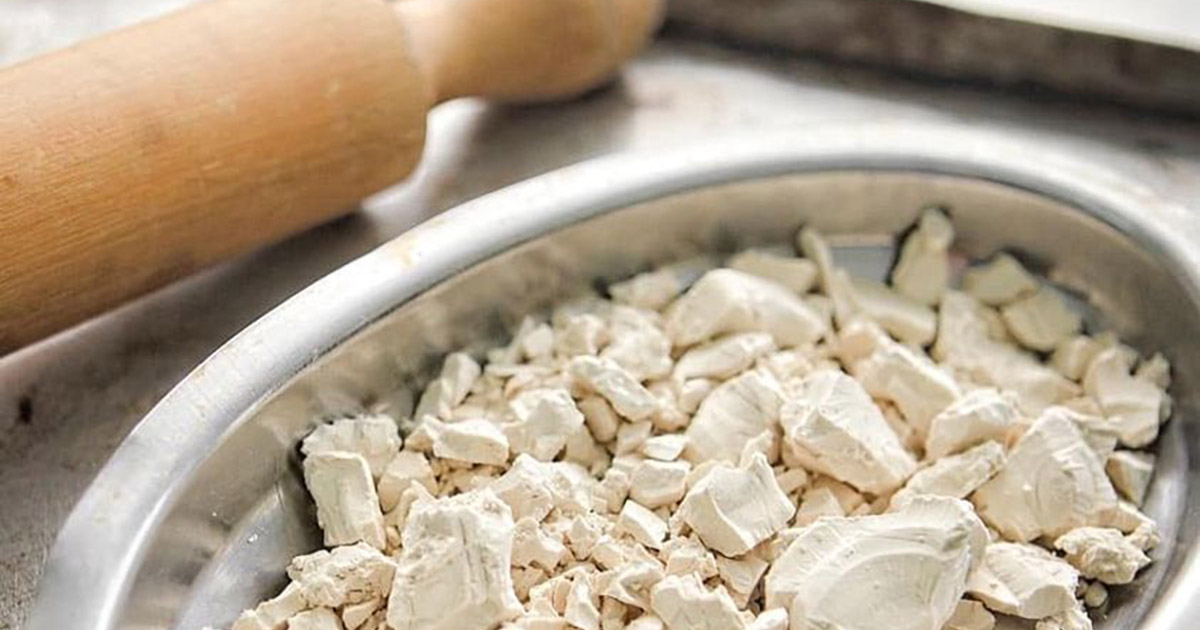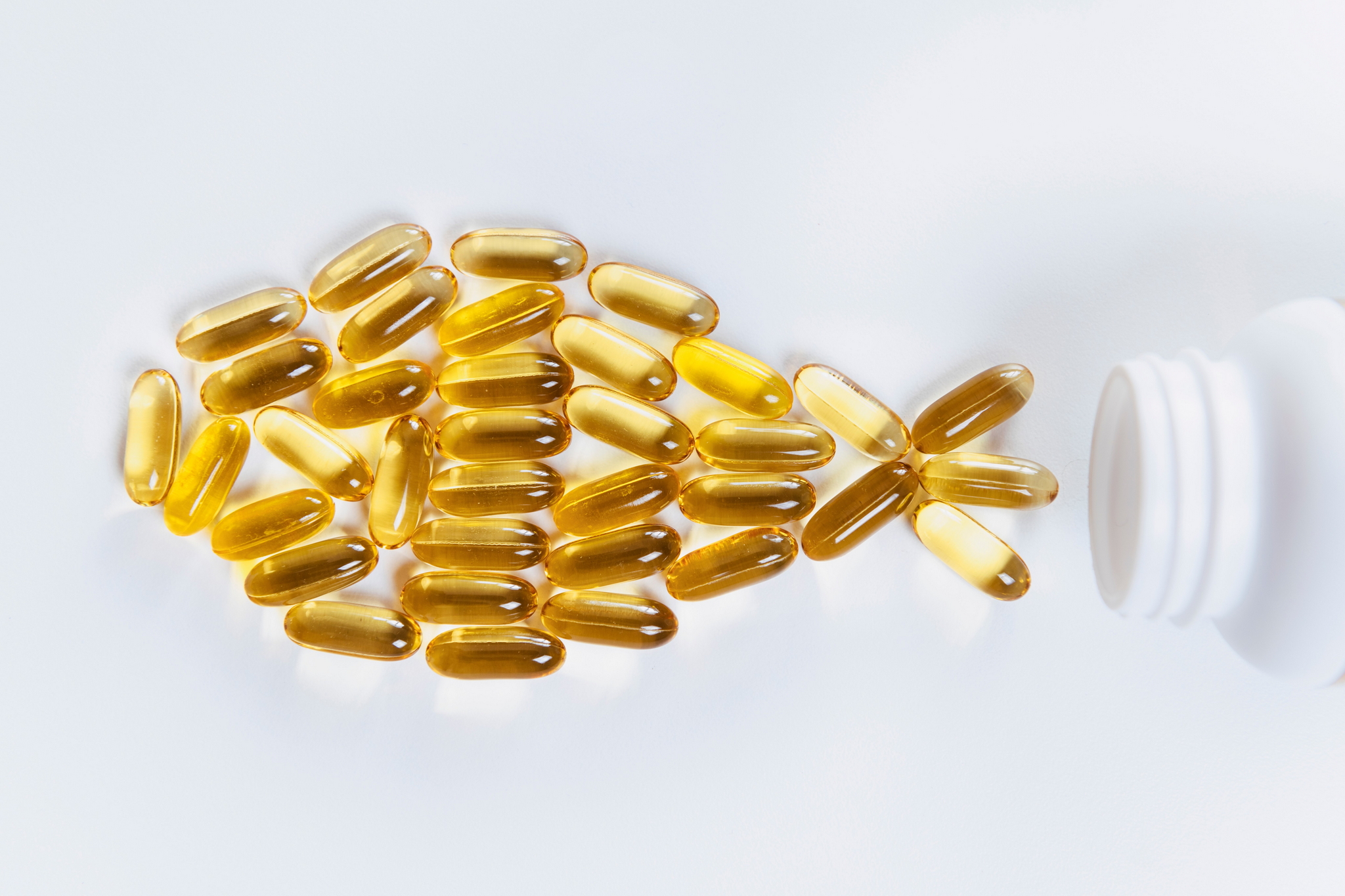
This is a fancy term for a type of soluble fiber. It consists of sugar molecules (polysaccharides) naturally housed in the cell walls of bacteria, fungi, yeasts, algae, lichens and plants. Oats are high in beta glucan-containing fiber, and you will also find high counts of it in wheat, wholegrains, seaweed, algae and shiitake mushrooms. Beta-glucans are praised for their string of health benefits, from gut support to immunity. It’s why beta-glucans are introduced into food supplements. The body doesn’t produce beta-glucans, either.
The health benefits of beta-glucans
Soluble fibers, like beta-glucans, break down easily as they pass through the gastrointestinal tract and dissolve into a gel-like substance in the gut. This essentially slows down the transit of food and supports slower digestion, resulting in better absorption which helps produce steady, balanced blood sugar levels. This process is different from insoluble fiber, which remains whole as it travels.
Beta-glucan supplements and more fiber in the diet
Mushrooms are a wonderful source of beta-glucan. Look out for these variations: Shiitake, Maitake, Reishi, Turkey tail, Oyster, Splitgill, and Enoki. But you don’t have to fill every plate with these nutrient-rich fungi to enjoy the incredible health benefits of beta-glucans.
When it comes to fibers, as a society, we’re just not consuming enough of it. We should aim for a total intake of 30 grams per day and in fact, records show we’re only meeting half of this daily count. For digestive health and overall wellbeing, it’s important we understand our fiber intake and adopt ways to introduce beta-glucans into our diet.
The ZinoBiotic+ all-natural dietary high-fiber1 blend is one such example. It features oat-derived beta-glucans, inulin and FOS from chicory root, psyllium husk, guar gum fiber from Indian guar beans, and resistant starch from corn, green banana, and potatoes. Designed to support gut health, balance cholesterol2 and microbiome, aid bowel functions3, and reduce that post-meal blood sugar spike4.
Eight fibers (unlike most products on the market) move through the body and ferment in the colon, ‘feeding’ the good bacteria, enabling them to outgrow the less desirable. This fiber mix also helps to satiate and reduce feelings of bloating. While the ZinoBiotic+ is a fiber blend supplement, it has positive effects on the whole body, from head to toe.
* These statements have not been evaluated by the Food and Drug Administration. This product is not intended to diagnose, treat, cure, or prevent any disease.
References
A claim that a food is high in fibre, and any claim likely to have the same meaning for the consumer, may only be made where the product contains at least 6 g of fibre per 100 g or at least 3 g of fibre per 100 kcal.
Beta glucans contribute to the maintenance of normal blood cholesterol levels. The claim may be used only for food which contains at least 1 g of beta glucans from oats, oat bran, barley, barley bran, or from mixtures of these sources per quantified portion. In order to bear the claim information shall be given to the consumer that the beneficial effect is obtained with a daily intake of 3 g of beta glucans from oats, oat bran, barley, barley bran, or from mixtures of these beta glucans.
Oat grain fibre contributes to an increase in fecal bulk. The claim may be used only for food which is high in that fibre as referred to in the claim HIGH FIBRE as listed in the Annex to Regulation (EC) No 1924/2006.
Replacing digestible starches with resistant starch in a meal contributes to a reduction in the blood glucose rise after that meal. The claim may be used only for food in which digestible starch has been replaced by resistant starch so that the final content of resistant starch is at least 14 % of total starch

.jpg)

